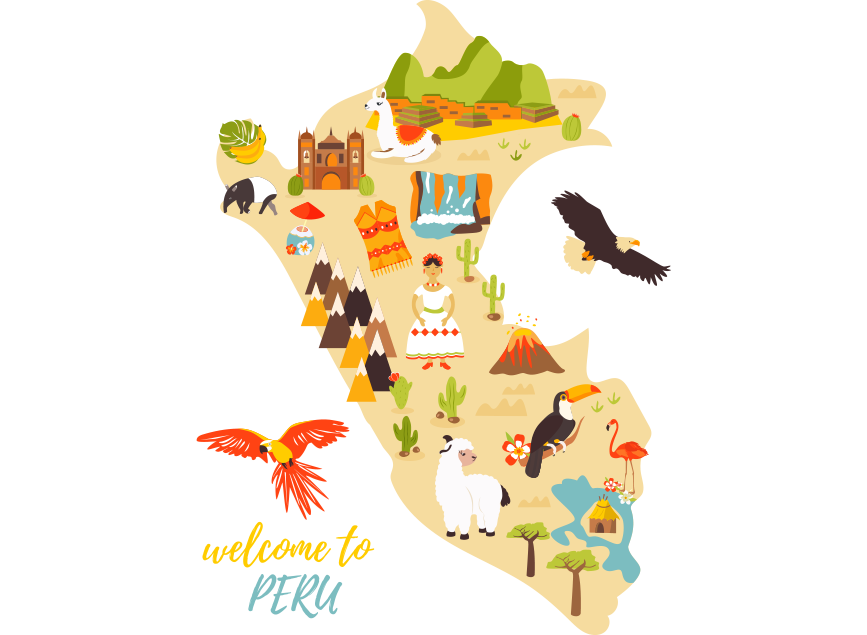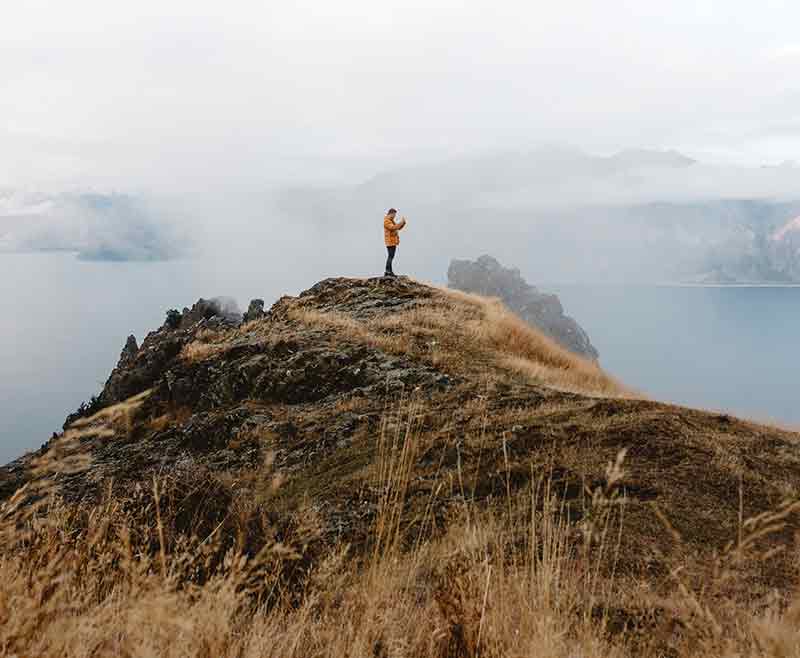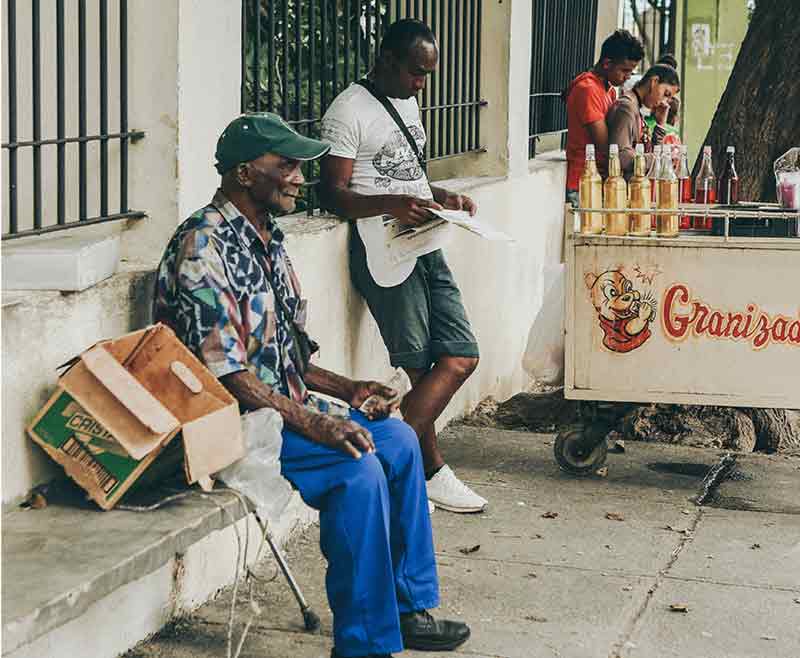Peru
If you’re dreaming of a trip to Peru, you’re in for a treat. I’ve spent a ton of time wandering this vibrant country, soaking up its ancient ruins, savoring ceviche, and getting lost in its wild diversity—from the misty Andes to the steamy Amazon. Peru’s got it all—bustling cities, mysterious Inca sites, jaw-dropping landscapes, and a culture that’s as flavorful as its food scene. Whether you’re a history buff, a foodie, or just chasing that perfect adventure shot, Peru’s cities deliver. Let me take you through my top picks for the best cities to visit, complete with practical tips and a sprinkle of my own adventures to help you plan smart and travel better.
Peru is a country that hits all the senses. From the colorful chaos of Lima’s markets to the soulful echoes of Inca history in Cusco, every city has its own vibe. I’ve narrowed it down to five must-visit cities that’ll give you a taste of Peru’s diversity: Lima, Cusco, Arequipa, Iquitos, and Puno. Each one’s got its own flavor, and I’ll link you to detailed guides so you can dig deeper into what makes them special. Plus, I’ve got you covered with practical stuff like costs, money-saving hacks, and what to expect when you’re wandering Peru’s streets.
Top Cities to Visit in Peru
- Lima: A vibrant coastal city blending colonial architecture, like the historic Plaza de Armas, with lively food markets and beachside neighborhoods like Miraflores.
- Cusco: Peru’s historic heart, packed with Inca ruins like Sacsayhuamán and serving as the gateway to Machu Picchu.
- Arequipa: A romantic gem with white volcanic stone buildings, the massive Santa Catalina Monastery, and views of surrounding volcanoes.
- Iquitos: The Amazon gateway, offering floating markets like Belén and jungle adventures in the world’s largest rainforest.
- Puno: Home to Lake Titicaca, this city features floating Uros islands and ancient traditions on the world’s highest navigable lake.
THINGS TO SEE AND DO IN PERU
TYPICAL COSTS WHEN TRAVELLING
Accommodation – Mid-range hotels in major cities like Lima or Cusco, offering comfort and amenities like private bathrooms and central locations, run about $40–80 USD per night for a double room. Hostels are cheaper, around $10–30 USD for a dorm bed, while budget Airbnb options start at $30–50 USD. For a luxurious stay, boutique hotels or upscale spots can hit $100–200 USD, especially in peak season (May–September). Booking early or visiting in shoulder season (April or October) can save you a chunk.
Food – Peru’s food scene is a steal if you know where to look. A “menú del día” (daily lunch special) gets you a three-course meal with a drink for $5–10 USD in most cities. Ceviche is perfect for sharing—expect $8–15 USD per plate. In Cusco, I grabbed a killer lomo saltado for $7 USD. Coffee and a pastry for breakfast? About $2–4 USD. Fine dining, like in Lima’s Michelin-starred spots, can run $40–100 USD per person, but you don’t need to splurge to eat well.
Transportation – Peru’s buses are a dream—high-speed options between Lima and Cusco cost $20–50 USD, depending on how early you book. Buses are cheaper, around $10–25 USD for similar routes. In cities, metro or bus tickets are $0.50–1 USD per ride, or grab a 10-ride pass for about $5–10 USD. Taxis or Uber in cities run $5–15 USD for short trips. Renting a car? Expect $20–40 USD per day, plus gas (about $4/gallon).
Activities – Many attractions are budget-friendly. Entry to Machu Picchu is about $45 USD, while Arequipa’s Santa Catalina Monastery is around $12 USD (book online to skip lines). Museums like Lima’s Larco cost $10 USD, but some offer free hours (check schedules!). Guided tours or Amazon excursions range from $50–150 USD.

Suggested daily budget – 50–70 USD per person. This assumes you’re staying in a mid-range hotel, eating a mix of ceviche and self-cooked meals, using public transport, and hitting a few paid attractions. Want to splurge on a boutique hotel or fancy dinner? Bump it up to 80–120 USD. Traveling on a shoestring? You can get by on 30–40 USD by cooking, staying in hostels, and sticking to free sights.
MONEY SAVING TIPS
My Must-Have PERU City Itineraries
Day-by-day routes to explore Peru’s most iconic and charming cities.
No products were found!
WHAT CAN I EXPECT FROM PERU?
Peru’s got this magnetic energy that pulls you in. It’s a place where history and modernity crash together in the best way—think ancient Inca walls in Cusco next to trendy ceviche bars, or Iquitos’ floating markets surrounded by Amazon wilderness. The people are warm, the streets are alive, and there’s always a reason to celebrate, whether it’s a local festival or just a sunny afternoon.
Expect a mix of laid-back vibes and non-stop adventure. In Lima, you’ll weave through crowded Barranco one minute and find a quiet courtyard in the historic center the next. Cusco’s got a high-altitude pulse but feels like a village in its plazas. Arequipa and Puno wrap you in their romantic, Andean past, with volcano views and lake breezes. Iquitos is a bit more wild, blending jungle life with river vibes.
Sorry, no posts matched your criteria.
The weather’s a big draw—summers are warm (think 70–85°F in January), but dry season (May–October) is perfect (60–75°F). Wet season (November–April) brings rain in the highlands and Amazon, though coasts stay mild (50–70°F). Locals are friendly but don’t always speak English, so learning basic Spanish phrases (“hola,” “gracias,” “un ceviche, por favor”) goes a long way. I fumbled through ordering in Puno with my broken Spanish, and the vendor ended up teaching me a few words over a fresh trout—those moments make Peru special.
Safety-wise, Peru’s generally safe, even for solo travelers. I’ve wandered cities alone at night without issue, but watch for pickpockets in crowded spots like Lima’s markets or Cusco’s streets. Use a money belt and keep your phone secure. Public transport is reliable, and buses make hopping between cities a breeze. If you’re driving, roads are good but parking in old towns can be a nightmare—stick to public transport where you can. Be mindful of altitude sickness in Cusco or Puno—take it slow, drink coca tea, and acclimate. Natural risks like earthquakes or floods are rare but possible; follow local alerts.
Peru’s culture is its heartbeat. You’ll feel it in the late-night dinners (restaurants often open at 8 PM), the siesta vibe in smaller cities, and the passion for life that spills into every plaza. Whether you’re sipping pisco sour, marveling at Machu Picchu, or getting swept up in a festival, Peru makes you feel alive. So, grab our interactive maps for Lima, Cusco, Arequipa, Iquitos, and Puno, and start planning your adventure. Explore cities, plan smart, travel better!












